
Just when you begin to think that all the garden work is done for the year, you suddenly hear a whispering voice inside your head.
“Build and replenish the soil”, it says, “the time is now.”
Listen to your intuition and get back to the business of preparing your garden for winter, for you will be rewarded in springtime with extra-rich soil, ready for planting and nurturing hundreds and thousands of eager seeds, not to mention that entire ecosystem you will help thrive.
In order to be a successful gardener, you need to plan ahead, sometimes seasons in advance.
Is it rewarding? Yes, and yes again.
If you desire a bountiful garden that produces bushels of crops, no matter how small the amount of land you start with, it all begins with the quality of your garden soil.
You can buy all the organic heirloom seeds from the best suppliers and still end up with nothing if your garden beds are not prepared for growing activity.
Or you can invest your energy in hauling a few wheelbarrowfuls of ripe manure and let it rest over winter, under a blanket of mulch.
So, dig out that pitchfork and remember to add the winter preparation of garden beds to your list of garden chores.
Harvesting and protecting the rest of your crops
Most times, you can count on the weather report to alert you as to shifting weather patterns and oncoming frosts. Other times, the first frostbite comes as a complete surprise.
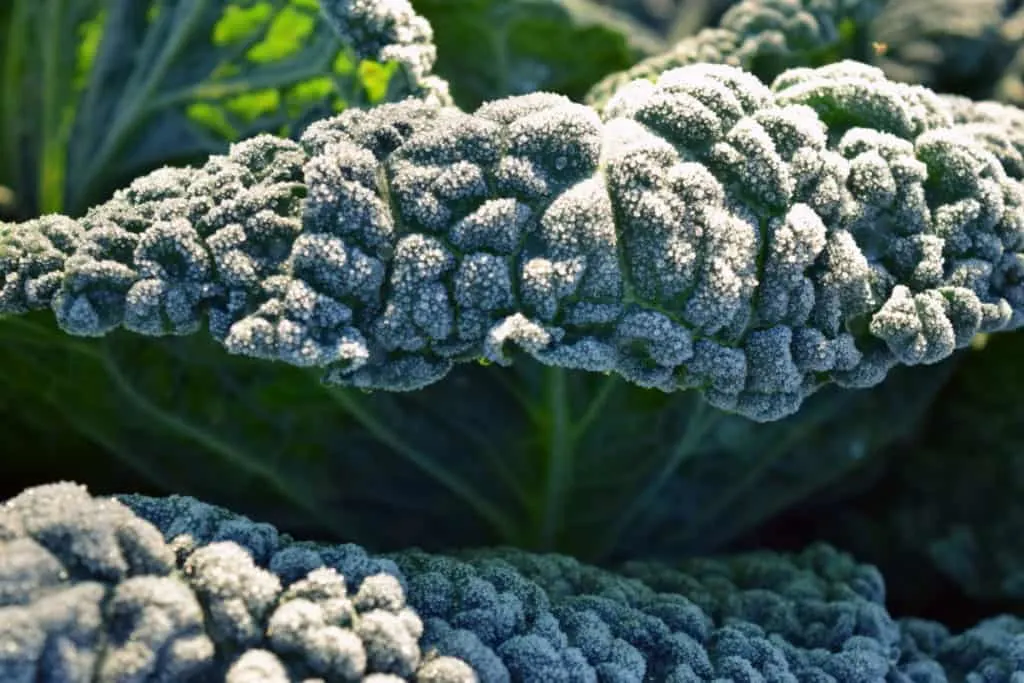
If you are not quite ready to harvest all of your cabbages, broccoli and kohlrabi, you can cover them with a garden cloth or blankets on a cold night to postpone winter for an eve or two.
However, root crops such as beets, carrots, rutabagas and turnips are going to handle a little frost just fine. In fact, parsnips sweeten up with a little chill in the soil. Leave them for 2 weeks to a month in near-freezing temperatures for the most delicious results.
Just be sure to dig up all root vegetables before the ground freezes entirely.
If you have Brussels sprouts, leafy kale or collard greens remaining in the garden, just work around them and harvest when dinner calls for their presence.
In his grandmother’s garden, my husband has chopped off perfectly delectable Brussels sprouts before, as the sprouts themselves and their stems were frozen solid. It actually took an axe to do the job. Seriously.
As you prepare your garden for winter:
- harvest the last of your crops – use up all your green tomatoes
- pull up any perennial weeds
- burn, or dispose of, any diseased plants and invasive weeds
- level the soil with a metal rake
- get ready with layers of mulch, leaves, compost and manure
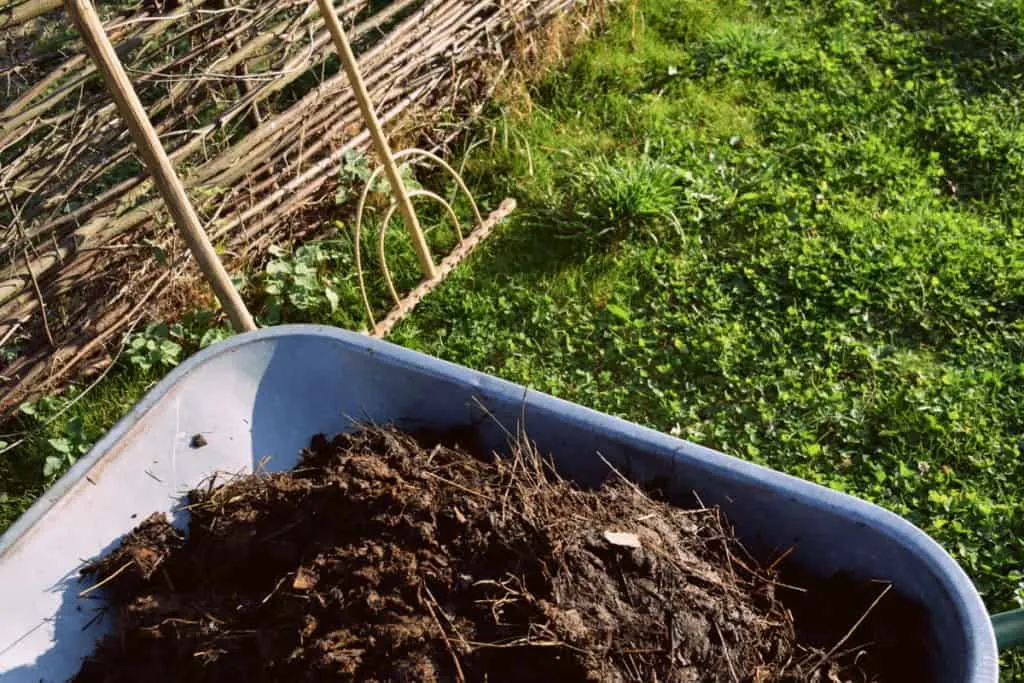
Prepare the soil for spring
There are two ways to treat garden soil. By digging, or by not digging at all.
It is a personal choice – both ways work, with differing levels of physical input. The latter one being more gentle on your back.
No matter what you choose, some soil amendments are going to be necessary (manure, compost, bone meal, etc.).
Adding them at this late period of year, gives them sufficient time to start breaking down before spring planting season comes along. If you till your soil in fall, incorporate the soil amendments now. This will help improve drainage and give you a head start on spring chores.
There are as many ways to treat your garden beds as there are farmers, we each have our own style.
In our no-dig garden, manure goes on first.
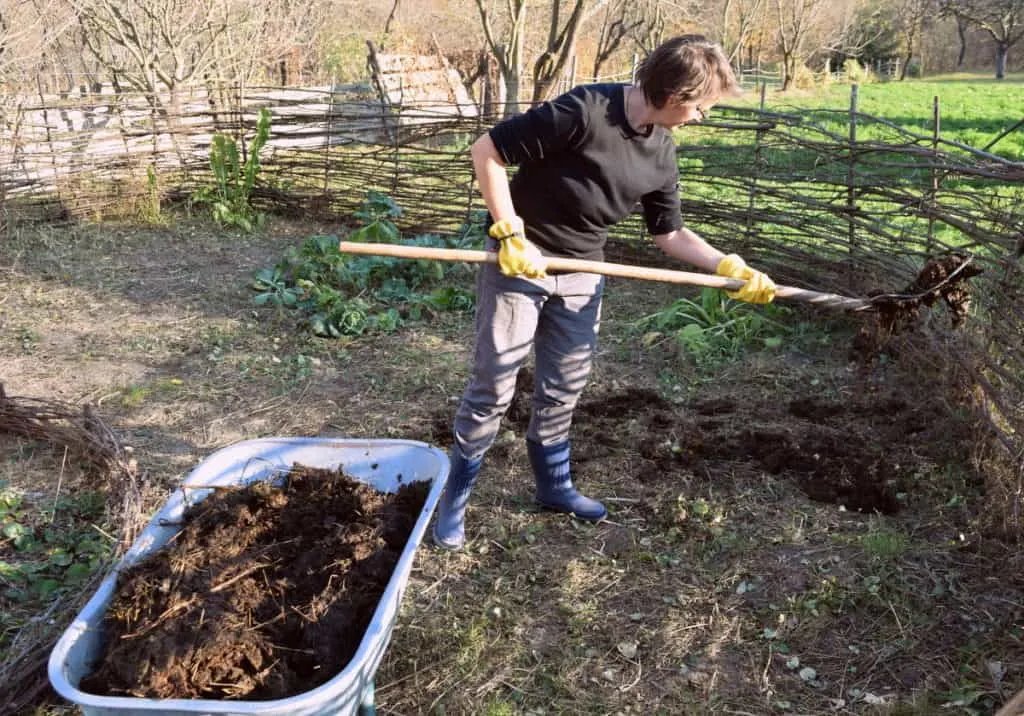
Once it is spread to a desired thickness, the other layers will pile on top.
Types of manure
Manure is a generous byproduct of raising animals. It comes from chickens and ducks, rabbits, goats, pigs, donkeys, horses, cows and every animal in between.
If you raise animals on your homestead, it is likely that you’ll have a load of manure from time to time – it is hard to resist the urge to care for backyard ducks!
And if you don’t have any manure, a neighbor certainly will. If not them, it can be bought further afield for a price.
If you wish your garden to remain organic, be certain to only get manure from an organic farmer.
Applying fresh manure to your garden beds, assumes that you are not putting it anywhere near living plants.
Fall and early winter are the absolute best times to add manure on top of the soil, covered by several layers of mulch, so that it does not run off, yet seeps into the ground slowly over the course of winter.
Fresh manure contains high levels of ammonia and nitrogen that can harm your plants at root level, causing unexpected dieback.
Chicken manure, in particular, needs to be composted first.
Cow manure, however, is an exception. While it can be added as a boost to your garden during the growing season and not burn your plants, it will also encourage grasses and weeds to grow.
Don’t bother so much about amounts, folks, just know how to fork it on proportionately right.
Read more about manure:
Using Animal Manure in the Vegetable Garden @ GrowVeg
Wood ash in the garden
If your soil is overly acidic, wood ash makes for a great soil amendment, and with a wood burning stove, you will always have plenty on hand.
Late autumn, early winter, is the best time to apply wood ash, so as not to burn plants.
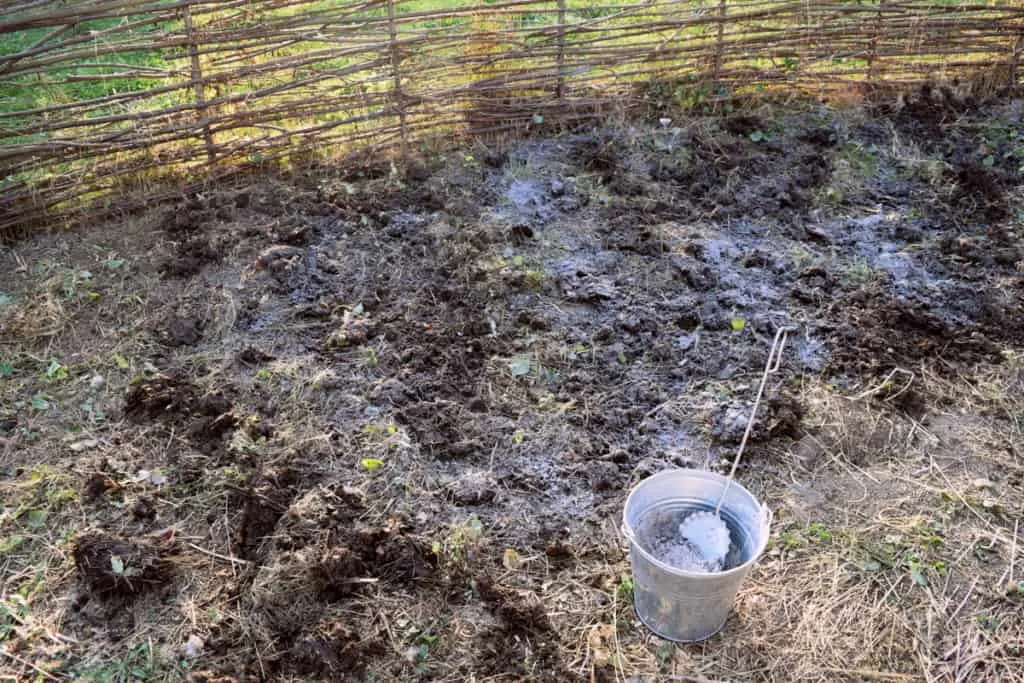
With a small shovel, sprinkle a small amount over the manure, then be sure to cover it with another layer of mulch.
Leaf mold and/or aged grass clippings
As a soil conditioner or mulch, leaf mold is one of the best soil amendments that can be made for free.
And as the autumn leaves are falling, now is a great time to try it out.
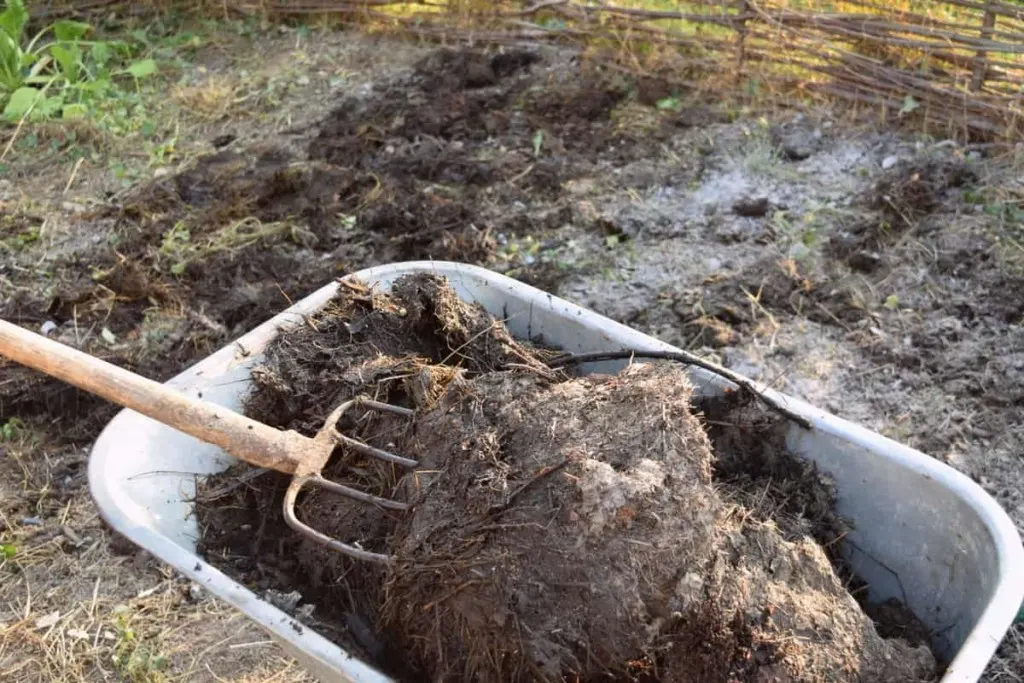
Aged grass clippings that have sat around, semi-composting all summer, can now be added to the garden. Over winter they will break down, making a dense, weed-prevention mat that is ideal for a no-dig garden.
Adding green manure
Freshly scythed or cut alfalfa is good to add to the multiple layers of “bedding” being supplemented into your garden.
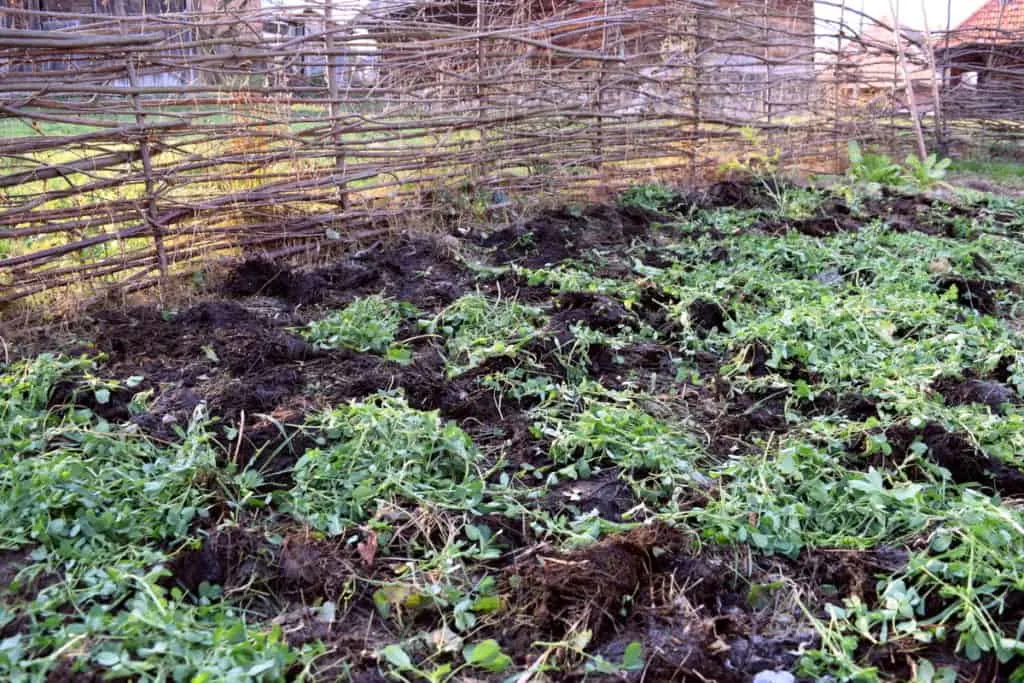
Alfalfa contains several minerals that are beneficial to the soil and your future vegetables:
- nitrogen
- potassium
- phosphorus
- calcium
- magnesium
- iron
- zinc
- boron
Hay made from alfalfa may be one of the more expensive mulches for your garden, but it is certainly a viable option for those that have it growing nearby.
Freshly fallen deciduous leaves
If you haven’t found the time between all of your other homestead activities to make a leaf mold, the next best thing to do is apply them as is.
Rake up a large pile of leaves and top your garden beds with them. Now is the time to have fun, as the work is nearly done!
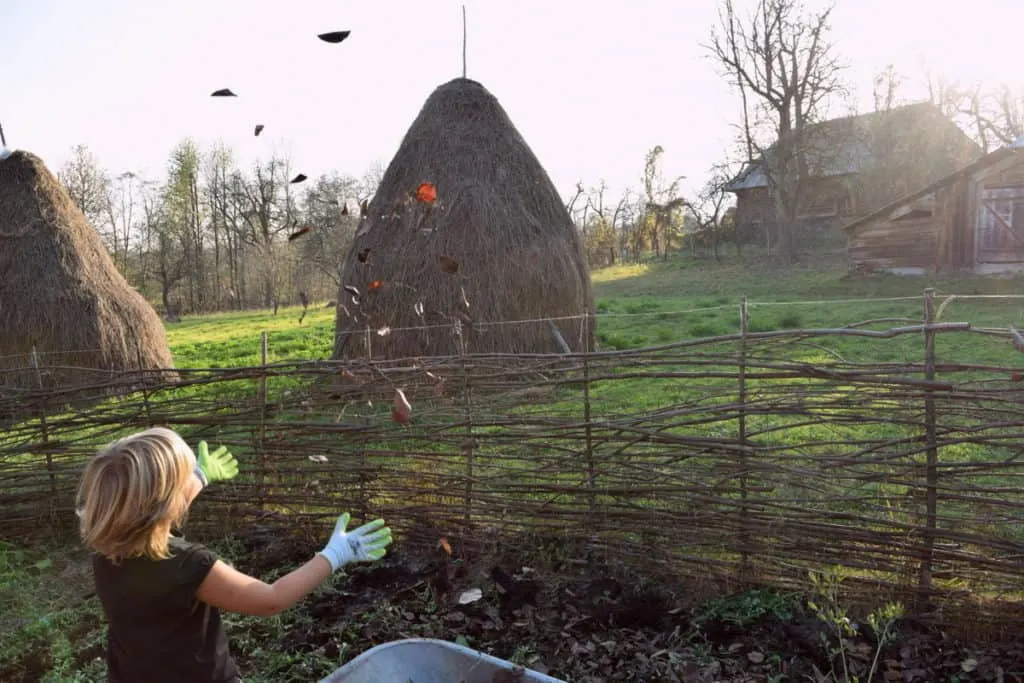
Spread them over the garden as much as 4 fingers thick, don’t be shy. Over winter, they too, will break down and begin their life anew as soil.
In the end, your winterized garden beds will look much like a rich forest floor, full of everything they need to become super producers next year.
Sit back, be patient and leave it to nature to do her work.
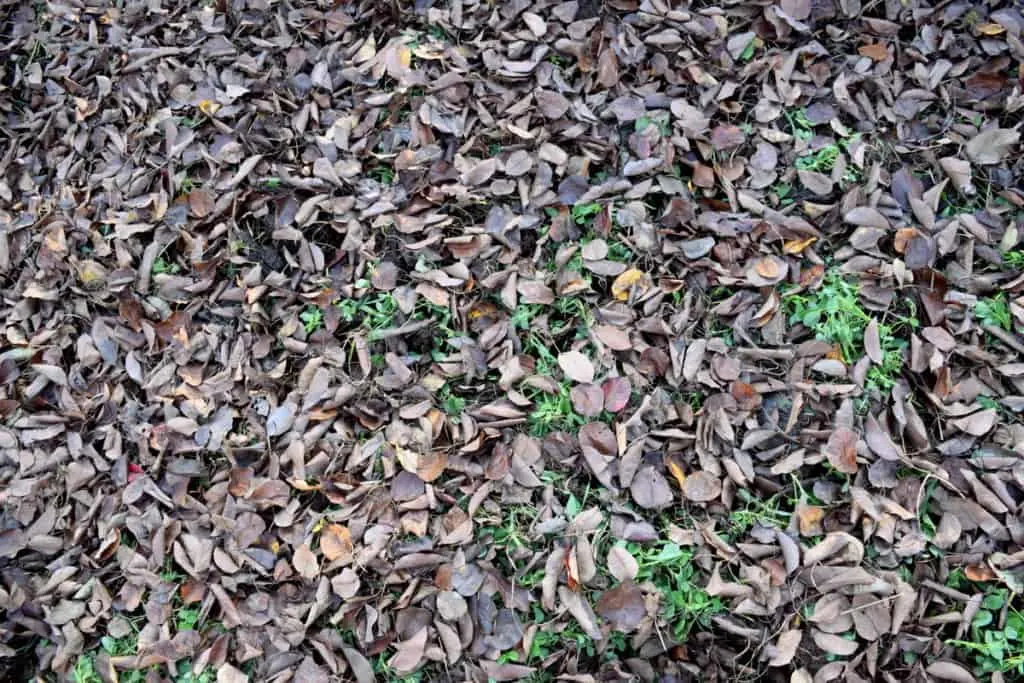
Plant cover crops
Vetch, clover, mustard, phacelia and rye are all traditional cover crops that help prevent soil erosion as they increase organic matter in the soil.
Direct sown in late summer, at the end of the growing season (about a month before the first frost), they are left to grow until they can be returned to the soil. This is one form of green manure that is left in place, then tilled in or cut when necessary.
If your garden is on a slope, cover crops are highly recommended to prevent erosion caused by winter rains. It can also help prevent weeds from becoming established.
Cover crops may be one of the first plants to blossom come spring time. If you are a beekeeper, or you have a budding orchard, an early source of nectar is a beautiful thing.
Prune perennials
If you have a set of perennials in your garden, now is the time to prune them back.
Fall pruning of perennials is beneficial for:
- asparagus
- rhubarb
- rosemary
- thyme
- sage
It is not recommended for raspberries and blueberries, save that task for spring.
Take the steps now to prepare for next year’s work and you’ll always be ten steps ahead.
Your gardening efforts will be appreciated for seasons to come – they can magically improve yields without you even noticing!

Get the famous Rural Sprout newsletter delivered to your inbox.
Including Sunday musings from our editor, Tracey, as well as “What’s Up Wednesday” our roundup of what’s in season and new article updates and alerts.

